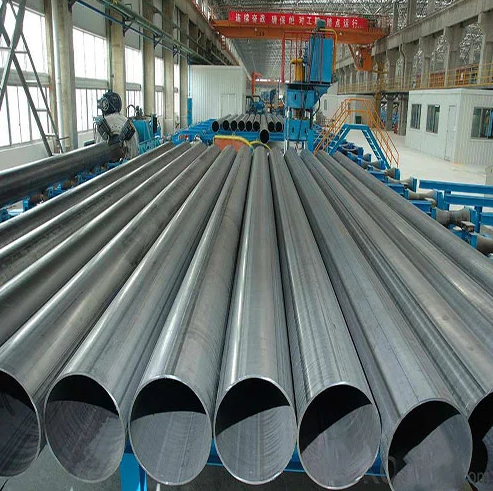Do you want to install an appropriate piping system for your organization? The process involves an understanding of the various pipelines and the reasons they are used for. The diameter of pipelines varies between a few inches and 40 inches.
Gain an insight
The pipeline you use for your organizational requirements relies on pointers such as the stage of delivery, the type of product being transported, and whether it belongs to the downstream, midstream, or upstream sector. Pipeline for Oil and Gas is involved in the transportation of energy resources from extraction sources to processing facilities. Let us examine the major pipeline types and their leading purposes. This knowledge is useful for those associated with the oil and gas industry, but it is also beneficial for engineers to be acquainted with these distinctions.
Gathering pipelines
In the transportation process, the first stage is gathering. Gathering pipelines involve the collection of raw materials from their source. In general, you will come across such pipelines in oil and gas fields. The extracted resources are transported from the wellhead to various processing setups via pipelines. In general, gathering pipelines have shorter and smaller diameters compared to other types. They work under low pressure. On the whole, they play a vital role in promoting the transportation of resources. Oil Pipeline relies on an economical system of transportation of crude oil, natural gas, and refined products.
Transmission pipelines
In the transportation process, the transmission pipelines form the backbone. They are involved in the movement of large quantities of materials over lengthy distances. These pipelines can tackle high pressure. Their diameter is larger than that of other types, which helps them to transport a significant volume of material. Transmission pipelines establish a connection between production areas and refineries. The goal is to ensure a smooth flow of resources across the network.
Distribution pipelines
Distribution pipelines offer the delivery of materials to homes and industrial setups. Distribution pipelines have a smaller diameter compared to transmission pipelines. They work effectively under low pressures which ensure the safe delivery of materials to consumers. You will encounter these products in urban areas.
Flow line pipelines
Flow line pipelines are used to transport materials during diverse stages of the production process. You can encounter these pipelines in oil and gas fields. Their designs are such that they can cope with different pressure levels. All they require is a diameter change to tend to fluctuations.
Feeder pipelines
Feeder pipelines connect diverse components of the pipeline. These intermediaries play a significant part in maintaining consistency within the system. The aim is to ensure resource availability in times of need. These intermediaries can differ in size, based on their specific function performance within the network.
On a conclusive note
The transportation infrastructure is known for its complexity. It plays a vital role in transporting hydrocarbon resources safely. Gathering information about the differences between oil and gas pipelines is necessary for effective maintenance. This knowledge holds significance for going through the challenges of the dynamic energy landscape.
Contact Us:
Phone/WhatsApp: +86-18003119682
Email: [email protected]
Website: https://hb-steel.com/





Comments